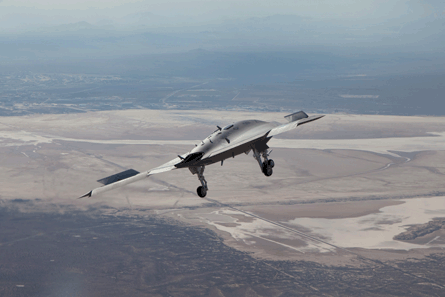Taiwan appears to be developing two advanced unmanned aerial system concepts, as it looks to bolster its defence capabilities in the light of other countries' reluctance to sell it advanced combat aircraft for fear of angering China.
Taiwan's Chun-Shan Institute of Science and Technology - part of the country's Ministry of National Defense - displayed two concepts at last week's Taipei Aerospace & Defense Technology Exhibition.
They closely resemble current American designs. One is nearly identical to the General Atomics MQ-9 Predator A. The other is similar to developmental delta-winged unmanned combat aerial vehicles such as the Boeing X-45 and Northrop Grumman X-47B.
 |
|---|
© Northrop GrummanSome of Taiwan's designs closely resemble the delta-winged Northrop Grumman X-47B unmanned combat aerial vehicle |
Taiwan has the technology to create a UAV with capabilities equivalent to the MQ-9 today, said the institute, which researches and develops advanced aeronautical technologies and capabilities for the military.
The delta-winged unmanned combat air vehicle (UCAV) is still in the research stage, but could be deployed within ten years.
In a video displayed at the show, the MQ-9-style UAV patrolled above the Taiwan Strait, controlled by ground stations on the western coast of the country. A missile barrage from the mainland destroys several stations, but full communications are quickly restored.
Then, the MQ-9 vectors a Taiwan air force Lockheed Martin F-16 to attack and destroy a warship. Later, it provides guidance for a UCAV to destroy a Chinese Sukhoi Su-27 fighter with a missile. The UCAVs also strike land targets on the Chinese mainland.
Great uncertainty clouds the future of Taiwan's fighter aircraft fleet, with the US still to decide whether to sell Taiwan 66 F-16C/Ds on 1 October.
In the face of foreign foot-dragging, indigenous aircraft development, though expensive, is often the least unattractive option for Taipei.
Source: Flight International



















